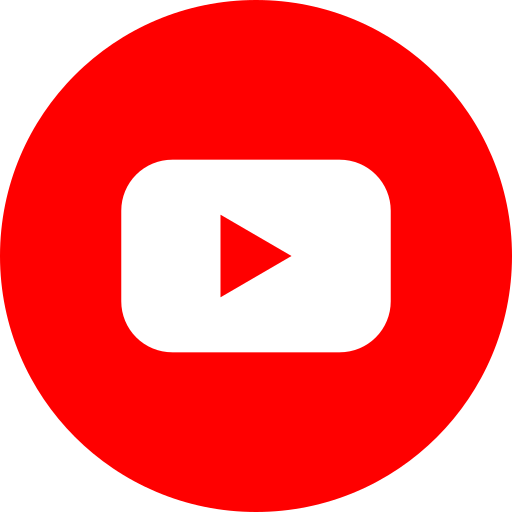Myofunctional therapy for tongue tie
OMT/ MFT/ Myofunctional Therapy/ Myotherapy
Tongue thrust therapy
Tongue exercise

WHAT IS MYOFUNCTIONAL THERAPY?
HIGHLY EFFECTIVE PHYSICAL THERAPY EXERCISES TO IMPROVE
BREATHING, ORAL HABITS, SWALLOWING AND POSTURE
WHAT ARE ORAL MYOFUNCTIONAL DISORDERS (OMD’S)?
- Jaw growth
- Face development
- Teeth alignment
- Oral hygiene and dental cavities
- Chewing
- Speech
- Swallowing
- Occlusion (the way teeth bite)
- Oral habits like thumb sucking nail biting
- Pencil chewing, hair picking or curling etc
- Teeth grinding or clenching
- TMJ disorders
- Stability of orthodontics treatment
- Nasal breathing
- Sleep disorders
- Facial esthetics
- Headaches
- Neck and shoulder pain
- Back pain
- Forward head and neck posture
GOALS OF MYOFUNCTIONAL THERAPY
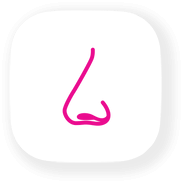
Breathing
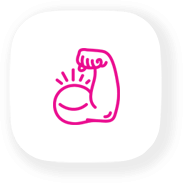
Muscles
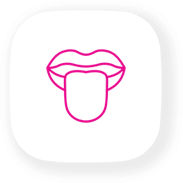
Position & Oral Rest
Posture
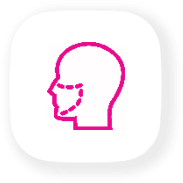
Myofunctional Therapy
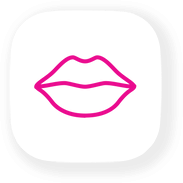
Sealed Lips
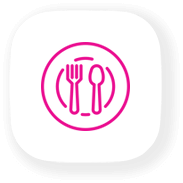
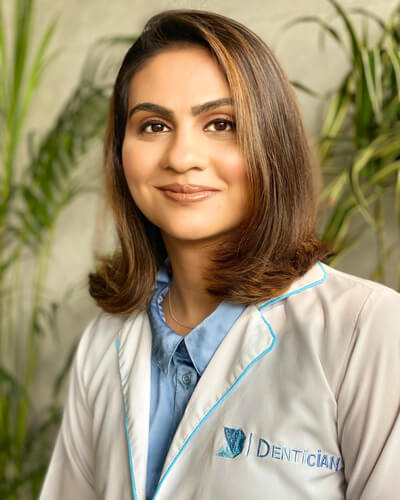
MYOFUNCTIONAL THERAPY FOR OPTIMAL TONGUE TIE RELEASE
Myofunctional therapy is used as an important adjunct before and after Functional Frenuloplasty (tongue tie surgery) to achieve complete success out of the procedure. Before the surgery, Myofunctional Therapy tones the muscles, re-educates the tongue for performing the functions and prepares the tongue to undergo the release procedure. Our goal is to create an awareness of muscle use and develop a myofunctional therapy for adults and children program program of regular exercises designed specifically to meet your needs.
Just as physical therapy helps in training our bodies back into optimal shape after any injury, Myofunctional therapy aids by training the soft tissues of the tongue, face, neck, and mouth to function at the height of their ability.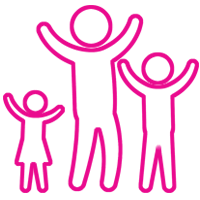

Myofunctional Therapy involves the use of a therapeutic approach to tone these muscles in order to achieve essential functions like nasal breathing, swallowing which should come to us naturally. It also helps correct poor oral habits that restrict proper growth and development.
- Thumb Sucking
- Choking/ Gagging
- Mouth breathing
- Picky eating
- Finger sucking
- Lip biting
- Snoring
- Pencil Chewing
- Drooling
- Tongue thrusting
- Noisy Breathing
- Pacifier habit
- Nail Biting
- Poor Posture
- Teeth Grinding
- Bottle feeding habit
Proper diagnosis allows for targeted and effective OMT exercises for oral posture retraining to promote better health with goals to improve breathing, swallowing, reduce pain, and enhance quality of life. Please refer to Academy of Orofacial Myofunctional Therapy for a more detailed explanation.
Orofacial myofunctional therapy is also appropriate for adults. In many instances, a myofunctional disorder develops in response to mouth breathing, snoring, clenching, TMJ disorder, an incorrect jaw growth, etc. Adults of all ages are capable of achieving success in treatment.
Myofunctional therapy has proven to be a successful non invasive, inexpensive alternative treatment for sleep apnea. It has no major risks. For example, you may be able to avoid the use of continuous positive airway pressure (CPAP) or even surgery. In addition, the therapy has been used in other conditions like:
- Mouth breathing
- Sleep Apnea
- Before and after Tongue Tie Release
- Lip incompetence
- Tongue thrusting
- Facial esthetics
- Headaches
- Gastroesophageal reflux disease (GERD) or heartburn
- Temporomandibular joint (TMJ) pain
- Neck, shoulder and back pain
- Orofacial pain
- Posture correction
BENEFITS OF MYOFUNCTIONAL THERAPY WITH BREATH
RETRAINING
The purpose of myofunctional therapy for tongue tie is to emphasize on correct resting posture of the tongue and lips with the goal of facilitating proper nasal/ diaphragmatic breathing. The nose’s primary function is inhaling oxygen, followed by filtering air, warming and humidifying it which allows our body to get more usable oxygen. This in turn has a profound effect on the growth and development of the face and airway. The benefits of Myofunctional Therapy when combined with Breath Retraining are:
- Balanced moods
- Clearer thinking
- Healthy energy
- Straighten teeth
- Better facial symmetry
- No Snoring or obstructive sleep apnea
- Ability to move oral muscles properly
- Increasing the mobility and tone of oral structures which can be damaged in apneic patients
- Correct use of oral structures i.e. the tongue, lip and cheek muscles will help breathing, swallowing, suction and chewing
THE ART OF MYOFUNCTIONAL THERAPY
MYOFUNCTIONAL THERAPY AS A CURE
Recent research has shown that myofunctional therapy may reduce the symptoms of sleep disordered breathing (such as snoring), and ameliorate mild to moderate OSA (obstructive sleep apnea). It has also been shown to prevent relapse of sleep apnea after surgical treatment. In addition, myofunctional therapy exercises play a critically important role in recovery after lingual frenuloplasty and to maintain the results of orthodontic treatment.
- Macario Camacho; Victor Certal, MD2; Jose Abdullatif; Soroush Zaghi; Chad M. Ruoff; Robson Capasso, Clete A. Kushida. Myofunctional Therapy to Treat Obstructive Sleep Apnea: A Systematic Review and Meta-analysis. SLEEP, Vol. 38, No. 5, 2015:669-675
- Márcio Alexandre Homem, Raquel Gonçalves Vieira-Andrade, Saulo Gabriel Moreira Falci, Maria Letícia Ramos-Jorge, Leandro Silva Marques. Effectiveness of orofacial myofunctional therapy in orthodontic patients: A systematic review. Dental Press J Orthod. 2014 July-Aug;19(4):94-9
- Soroush Zaghi, Sanda Valcu‐Pinkerton, Mia Jabara, Leyli Norouz‐Knutsen, Chirag Govardhan, Joy Moeller, Valerie Sinkus, Rebecca S. Thorsen, Virginia Downing, Macario Camacho, Audrey Yoon, William M. Hang, Brian Hockel, Christian Guilleminault, Stanley Yung‐Chuan Liu. Lingual frenuloplasty with myofunctional therapy: Exploring safety and efficacy in 348 cases. Laryngoscope Investig Otolaryngol. 2019 Oct; 4(5): 489–496.
- Chirag Govardhan, Janine Murdock, Leyli Norouz-Knutsen, Sanda Valcu-Pinkerton, Soroush Zaghi. Lingual and Maxillary Labial Frenuloplasty with Myofunctional Therapy as a Treatment for Mouth Breathing and Snoring. Case Rep Otolaryngol. 2019; 2019: 3408053.
Frequently Asked Questions
The various exercises for tongue thrust in adults may include, tongue Suction, tongue to spot, etc. Our Myofunctional therapy specialists have years of extensive training in providing the best exercises for tongue thrust in adults. You can get in touch with us, to learn more about exercises for tongue thrust in adults.
Mewing exercise is a type of technique that helps flatten the tongue against the roof of the mouth. This mewing technique is said to assist in the realignment of the teeth and defining the jaw line. It is a form of myofunctional therapy.
Tongue thrust is a problem that occurs when the tongue presses excessively forward in the mouth. This gives rise to an orthodontic issue known as an open bite.
The time taken to see results from myofunctional therapy is usually 8-12 weeks and will vary from one patient to another. After considering various factors, your dentist will let you know how long it will take for you to see results.
Note: It is important to follow the guidelines and exercises prescribed by your doctor to see better and quicker results.
No, there is no particular age limit for it. Myofunctional therapy can be beneficial for people of all ages.
OUR GLOBALLY AVAILABLE VIRTUAL MYOFUNCTIONAL THERAPY
Blogs

Signs That You May Need Airway Orthodontic Treatment
Did you know that our entire jaw and mouth structure lie right in front of the airway?

Can Oral Myofunctional Therapy Help Prevent Malocclusion?
The misalignment of teeth and jaws, or malocclusion, is a frequent problem that affects both adults..

How Myofunctional Therapy Enhances Sleep Apnea Treatment
Sleep apnea is a common yet serious sleep disorder where breathing repeatedly stops and starts during sleep.

Effective Snoring Exercises For A Good Night’s Sleep
Snoring, a common sleep disorder, is characterised by the loud noises a person makes while they sleep

Let’s Re-evaluate Our Breathing!
As a child I was told that breathing is an action that happens automatically and not much attention

3 Methods To Test If Your Child Is Habitually Mouth Breathing
If you ask a patient if they are breathing through their mouth they will instinctively tell you no they are breathing

Treating Sleep Apnea With Orofacial Myofunctional Therapy
Can sleep apnea be treated with oral Myofunctional therapy? The answer is yes, it can be. However,

Why Is Airway Orthodontics Necessary To Align Your Teeth?
Did you know that our entire jaw and mouth structure lie right in front of the airway?

Myofunctional Therapy For TMJ: How It Helps?
TMJ pain is a common problem affecting many individuals – adults and children alike. TMJ refers to

How Does Thumb Sucking And Pacifier Use Impact Your Child’s Myofunctional Development?
Myofunctional development is vital for overall oral health, involving the coordination and function












